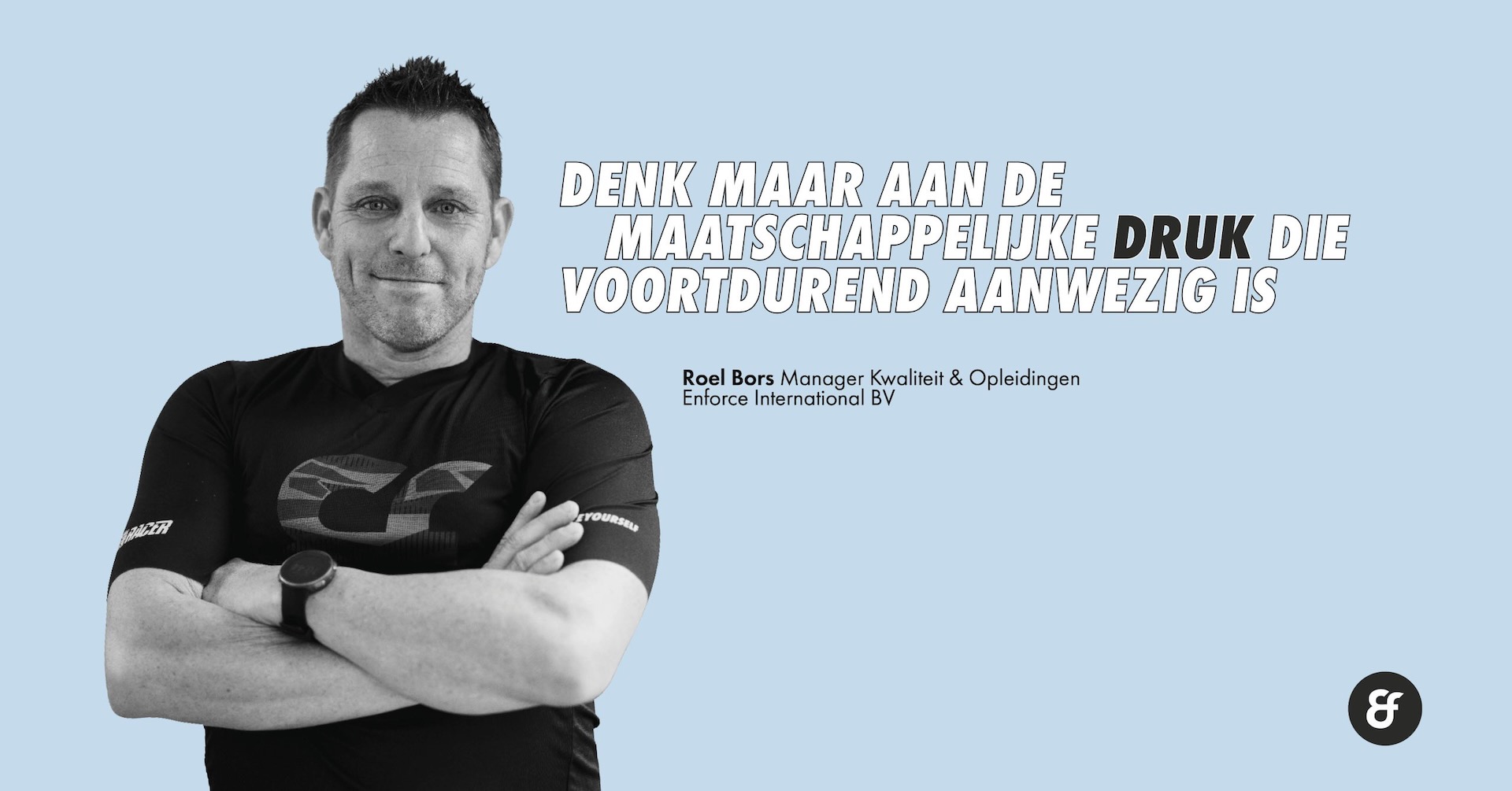Stress started with chimpanzees seven million years ago. They felt the need to get down from the tree and walk upright. Brain volume increased and social-emotional stress responses developed. Human ancestors split from the chimpanzee attunement branch. About 200,000 years before Christ, Homo sapiens had adapted best to evolution. The brain became the size of that of modern humans. And stress was also present among ancient humans. Stress was functional and necessary to get away from emergencies.
It was a survival mechanism. However, today we have very different stressors than millions of years ago. We are dealing with a social media revolution and smartphone use. There is continuous accessibility and views over the entire world. Our stressors have indeed evolved. After all, we don't have to run from a lion anymore. But our stress responses have not yet evolved. They are still the same as they were millions of years ago. And in this case it is not always functional. It has its limitations. We are constantly stimulated and activated and we experience little rest. Almost everyone will admit to experiencing stress in his or her life from time to time. But if you ask what stress actually is, it is quite difficult to give an answer. Stress is therefore not easy to explain. One of the best ways to understand stress is through the stress process. This stress process can be depicted using the ABC model.

The “A” stands for the triggering situation or event. This is also called the stressor. The “B” represents the experience of A, or your thoughts (perception), interpretation or belief regarding A. The “C” represents the consequences of B, in a physiological, emotional, cognitive and behavioral sense.
A simple example:
Too late for the train (A) à “I can't make it and I can forget about that job” (B) Panic and Stress (C).
Stressors
A stressor is therefore the activating situation, event or stimulus that initiates the stress process. Some stressors are only present for a short time, such as a car approaching you while you are crossing a zebra crossing. These are acute stressors. But we have to deal with other stressors for longer. These are also called chronic stressors. Just think of the social pressure that is constantly present, such as problems at school, work, studies, with the family. Furthermore, a distinction can be made between external stressors and internal stressors. External stressors refer to stressors in the external world, such as relationship stressors, personal stressors or work and money stressors. Internal stressors refer to stressors from within yourself.
In stress management it is important to have knowledge of all parts of the stress process, to investigate these parts and (if applicable) to change things. This is possible at all three levels. Depending on the individual situation, it is possible to address the stressor, to address the experience and/or to address the stress reactions.
Do you also experience stress and need help with this? Please contact us for a no-obligation appointment with one of our Enforce Master Trainers.
Roel Bors
Manager Quality & Training Enforce International BV
roel@enforce.nl
Schedule a free coaching session or take the online membership test
Does this sound good and are you also ready for a fitter & healthier life? Then schedule a free coaching conversation now Join me or one of the other master trainers! 100% risk-free, the first step has never been easier!
Are you still in doubt? Then take the no-obligation online membership test: 6 short questions (only 1 minute to complete) to discover whether Enforce suits you!


